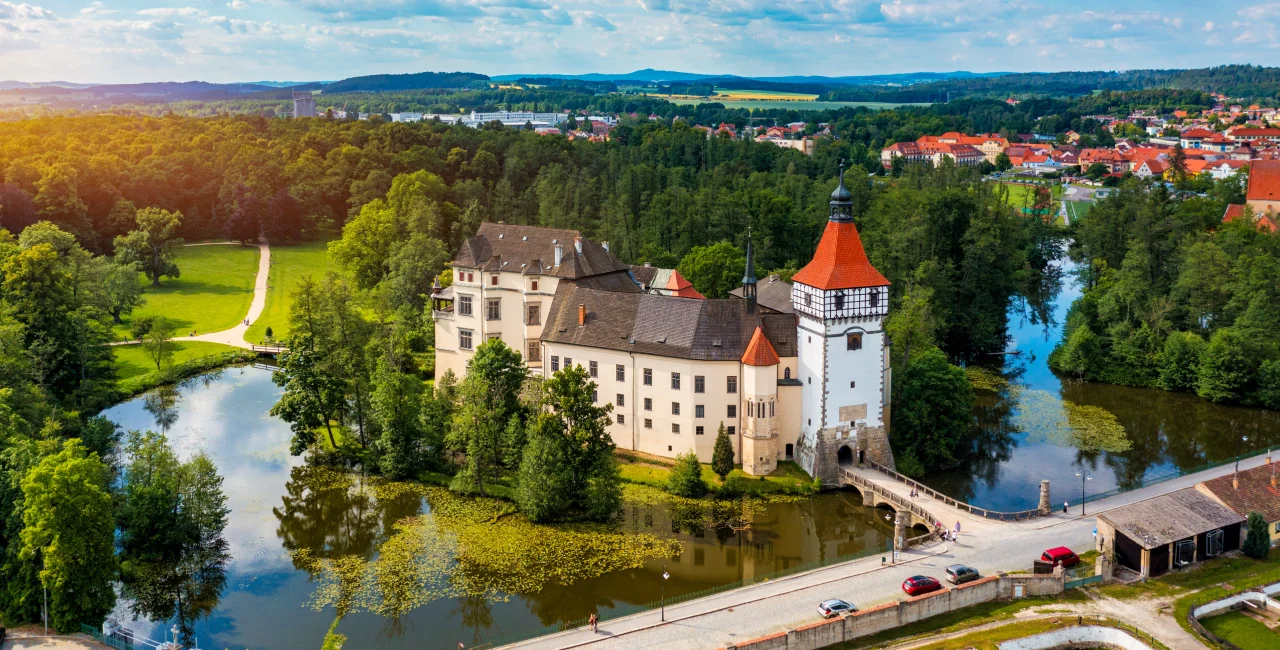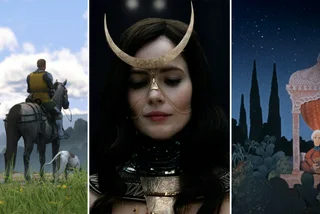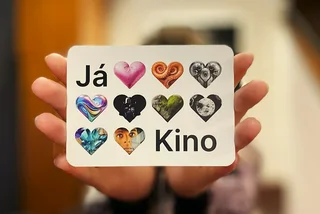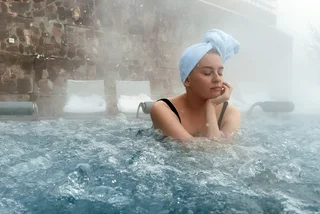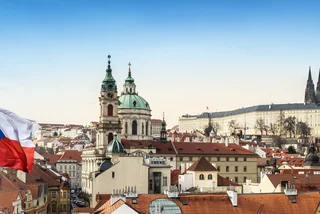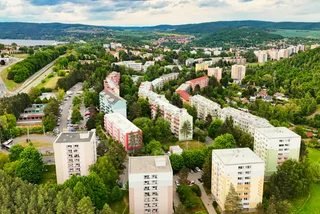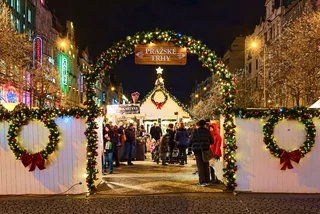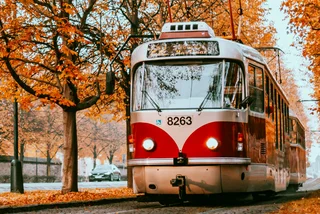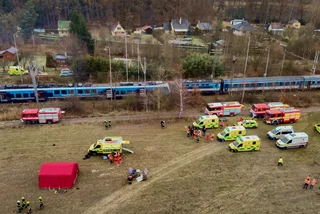While Prague Castle, Petřín Hill and the city zoo remain the Czech Republic’s most visited sites, new tourism data shows a sharp rise in attendance at lesser-known destinations across the country. From science centers to mountain trails, tourists are increasingly opting for regional experiences over classic urban hotspots.
According to state agency CzechTourism, regional destinations reported record-breaking growth in 2024. The Blatná Water Castle in South Bohemia saw a 486 percent year-on-year increase, drawing nearly 200,000 visitors with cultural events and its fallow deer-dotted moat.
Other notable jumps were logged at the Boží Dar Jesus Christ path (Ježíškova cesta) in Karlovy Vary, the Černá louka cultural center in Ostrava), and four famous four folk houses in Hradec Králové.
What do tourists look for?
Today’s travelers are searching for more than just photo opportunities—they want immersion, interaction and variety. Four zoos made the national top 10, including those in Zlín, Ostrava and Dvůr Králové, reflecting growing interest in conservation and family-friendly experiences. These facilities combine wildlife exhibits with botanical elements, educational programs and water features.
Nature remains a major draw. Sites such as the Adršpach Rocks, Lysá hora and Sky Bridge 721 consistently top visitor charts. Long-distance hiking trails, like the Lužnice Trail and Hřebenovka through Bohemian Switzerland, have gained popularity thanks to the Czech Republic’s 44,000 kilometers of marked hiking paths.
Heritage sites, particularly castles and chateaux like Litomyšl and Dětenice, attract both Czech and foreign tourists with their architectural appeal and immersive historical programs. Religious monuments, such as Sedlec Cathedral and Strahov Monastery, also maintain strong appeal.
News trends in traveling
A notable shift is visible in how tourists explore the country. According to CzechTourism director František Reismüller: “People are no longer just heading to notorious destinations, but are heading to regions and wanting to discover gems they have not yet known about.” This trend is easing overcrowding in Prague while stimulating local economies
Travelers are favoring science, technology and interactive experiences, such as science museum iQLandia in Liberec or Dolní Vítkovice in Ostrava. These sites blend education with entertainment, appealing to both families and adult visitors. Brewery tours—like those at Pilsner Urquell—combine heritage and gastronomy, making them increasingly popular.
Sustainability and accessibility also play growing roles. Barrier-free attractions, including Papilonia in Ostrava and the Kolowratský Chateau in Rychnov, are expanding tourism’s reach. Meanwhile, regional promotion of "undiscovered gems"—smaller heritage sites or natural locations—offers travelers authenticity and atmosphere beyond the crowds. Many of these are curated directly by local officials to help balance traffic and promote cultural preservation.
The CzechTourism data confirms that visitors increasingly choose destinations that offer both depth and breadth—whether in rural towns or mountainous terrain. With more infrastructure and coordinated promotion, Czech regions appear poised to rival the capital in tourist appeal.












 Reading time: 2 minutes
Reading time: 2 minutes 